Having been in business for over 70 years, Safe-R-brakes were the first specialist brake company to open in Christchurch, importing specialist machines from the USA and opening their doors in 1948.
Today the tradition of being at the forefront of brake repair and servicing continues, so we sat down with head honcho John Begg to talk about all things braking, from maintenance you can do yourself to save money, through to brake upgrades, and the more complex sides of hydraulic systems like ABS modules.
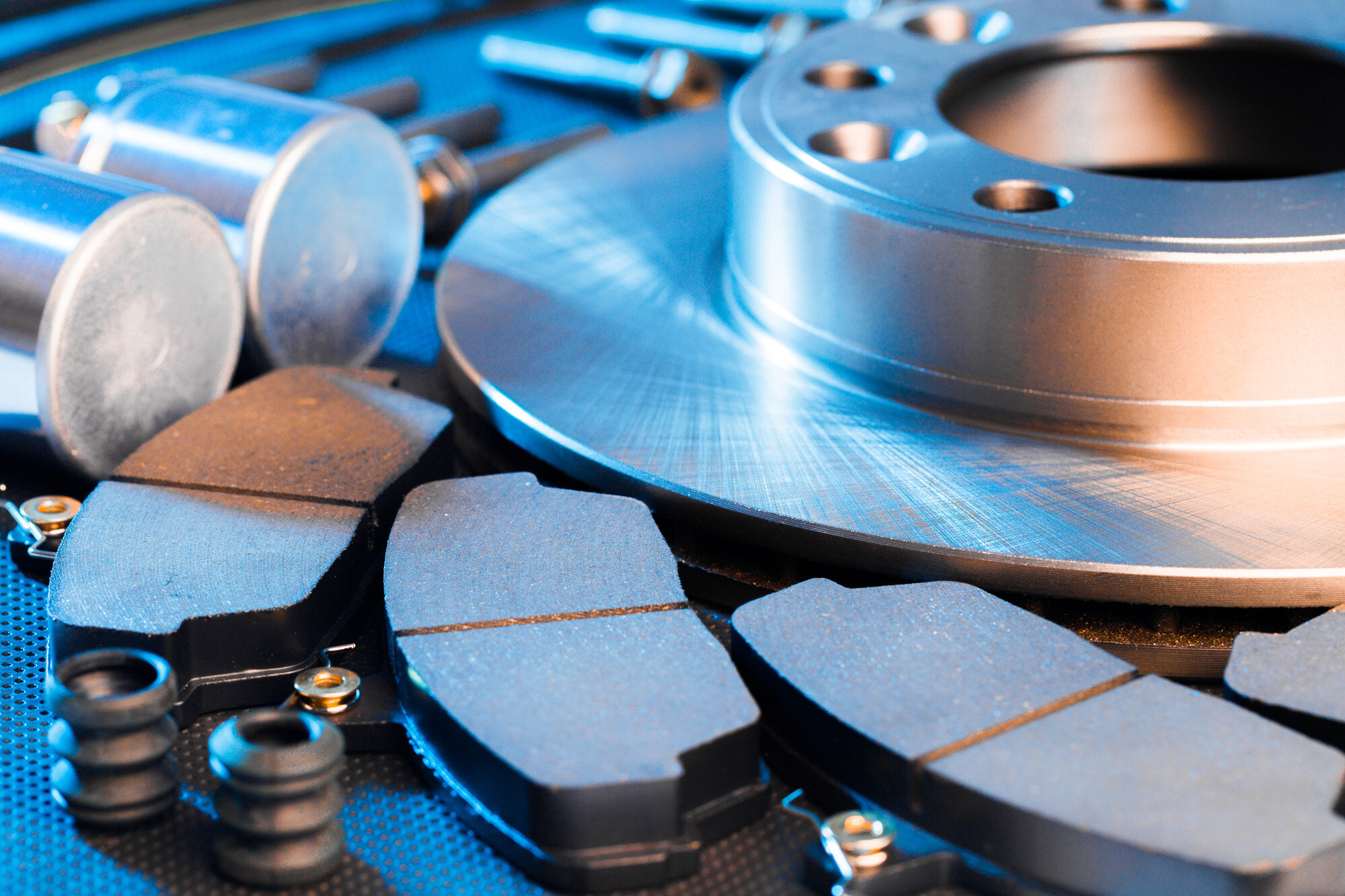
NZV8: Hi John, we’ve got a project car that came with four-wheel drums and a single circuit master that we’ve just shoehorned 600 horses under the hood. Our LVV cert man has said the stock drums are going to need a performance upgrade. What would be your first suggestion to increase performance?
John Begg: There are multiple aspects to consider but first up, you’ll really want to upgrade the master cylinder to a modern tandem master cylinder. This will split the brake circuit into two parts which will provide significant added safety. The split can be either front/rear or diagonal depending on the vehicle and set-up. Having a twin circuit system is important and used on all modern vehicles. If you should lose one brake circuit for whatever reason (rusted lines or punctures can cause this for instance), then you still have a second circuit to stop the car. This becomes especially important while on the track or coming down a big hill.
Secondly, swapping out the drums for some disc upgrades either in the front or all around will give the car a bit more stopping power. Now, it’s very important to mention you don’t just go ahead and upgrade the stuff down by the wheels and leave the hydraulics alone. The master cylinder must have the capacity and hydraulic pressure to match the brakes. If you’re just changing your friction material (aka pads, linings) then you don’t have much to worry about, but as soon as you upgrade to discs or change calipers, you need to give the whole system attention.
That being said, some people are keen to keep drums all around, which we have also got a couple suggestions for. If you are keeping the drums, machining the old drums may be possible and beneficial (subject to max diameter limits specified by the manufacturer) and also relining and radiusing the shoes often gives gains in performance by ensuring close, even contact between the shoe and the drum. Finally, while you are at it, if keeping the old drums, then re-kiting or replacing the wheel cylinders is to be recommended.
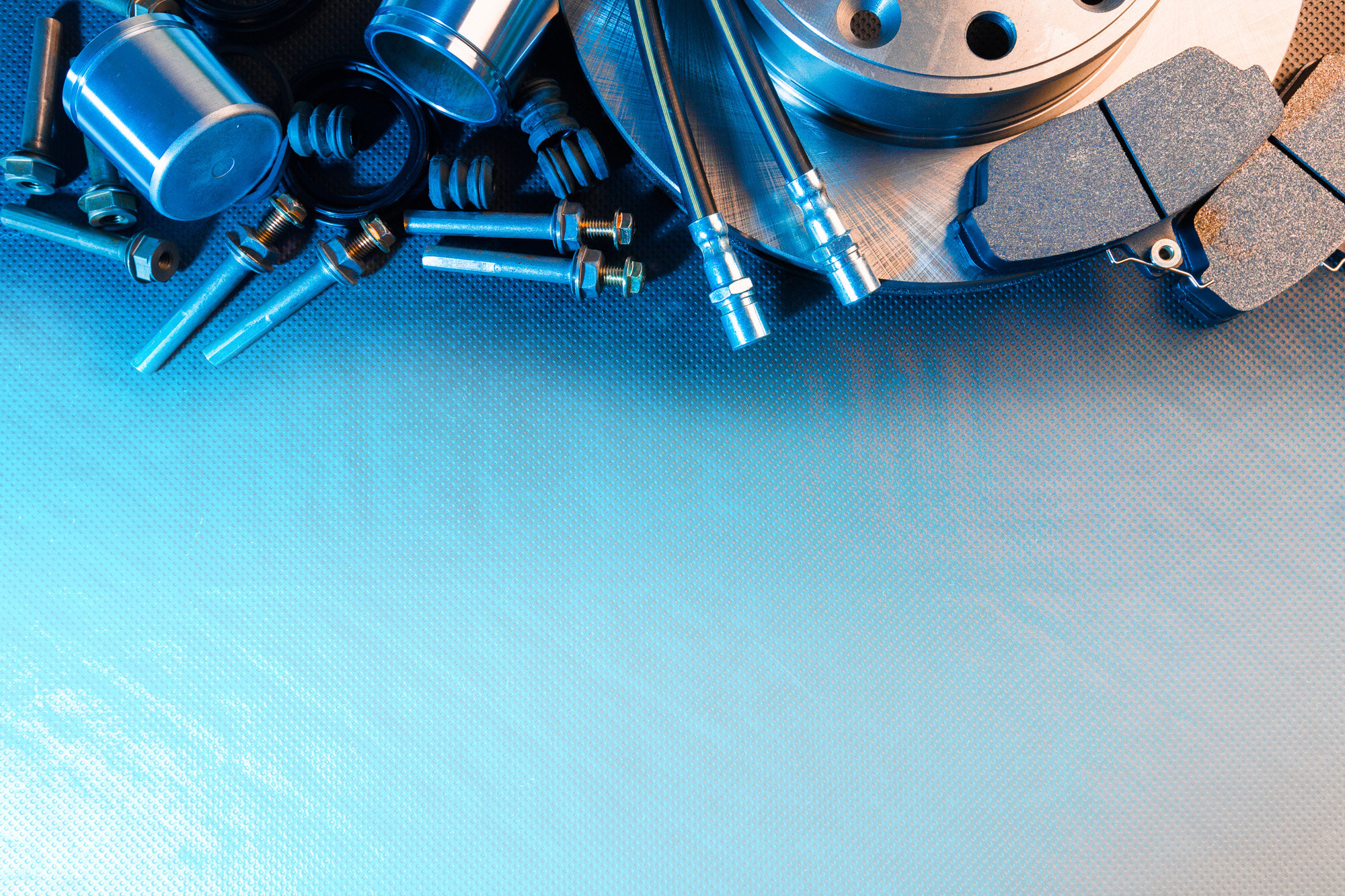
NZV8: If I’m going for a more period build and keeping the drums, say on a fenderless hot rod, are there options for aftermarket or relined brake shoes with a more modern and better-performing friction material?
JB: For some vehicles, you can get aftermarket replacement shoes, but availability can be patchy so we tend to reline a lot of shoes for custom applications and old builds. Friction materials have come a long way in the past century, so relined shoes tend to perform better in general, but we also have performance linings we can reline shoes with for certain applications. All relined shoes are radiused to ensure a close, even fit with the drum and when well matched like this, they perform well.
NZV8: If I do decide to upgrade from drums to disc, what are some of the other considerations in component selection or upgrades that I need to take into account to ensure the system will perform as expected?
JB: The master cylinder is important and once the caliper piston diameter and number is known, the bore size of the master cylinder can be determined which may require swapping the existing unit (ensuring the replacement is dual circuit of course). Disc brakes require more clamping pressure than drum brakes so a brake booster may be required. Also disc brakes do not require line pressure like drum brakes to keep the shoes close to the brake drum, so any residual pressure line valve must be removed. A proportioning valve may also be required to ensure the back brakes do not come on too early or too strongly. Of course, for overall performance a good set of brake pads that have good bite and stopping power should be used. For more dramatic performance applications a pad that is more resistant to brake fade is also important. Keep in mind these pads are best for track use only as they can get very noisy and even eat away the rotors prematurely.
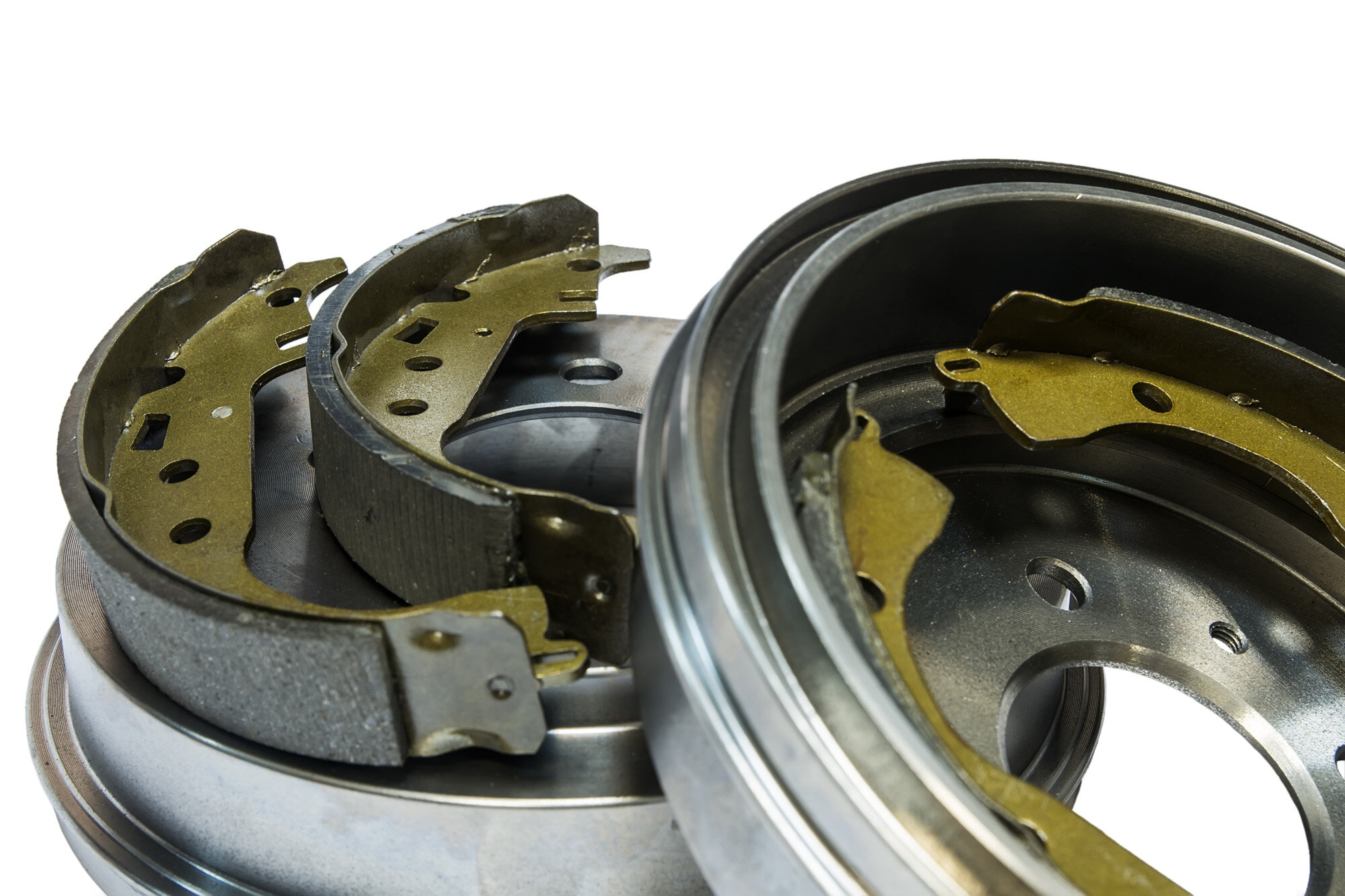
NZV8: Talk us through a few of the most common issues your team encounters with poor performing braking systems?
JB: Although brake systems appear to be simple in nature, the truth of the matter is they have a lot more going on than most people think, so this might be a long list. Besides replacing worn out pads and shoes, rotors and drums commonly have runout (distortion) from heat and use over time. Runout causes the pedal to pulsate (shudder) under braking. It can be fixed by machining the rotor or drum to run true again or by replacement. Machining will restore the original specification and enables continued use (which is kinder on the planet) but manufacturers set minimum thickness (for rotors) and maximum diameters (for drums) which may restrict machining options.
Fresh brake fluid is important to keep the whole system happy and rust-free. It’s amazing what old brake fluid does to a hydraulic system. It absorbs water over time and causes rust and seizes everything up including calipers, ABS modulators, and master cylinders. It can cost thousands of dollars in damage. We do see a lot of leaking or seized hydraulic components. By-passing master cylinders and faulty or leaking brake boosters are also surprisingly common. Symptoms of this issue are often soft pedals or no hydraulic flow.
We are lucky to have a great hydraulic team which focuses solely on these types of issues. Soft or sinking pedals can also be caused by issues inside the ABS modules. We specialise in diagnosing and rebuilding these complex hydraulic/electronic units and have another dedicated department just for that. ABS units in poor condition can also cause multiple other issues which we’ve developed ways to fix. Down by the wheels common problems are stuck caliper slides that also cause soft pedals, or brake biases where one wheel isn’t performing properly. We also see lots of leaking wheel cylinders which can contaminate linings and make quite a mess. Oh yeah, and broken bleeders, lots of broken bleeders …
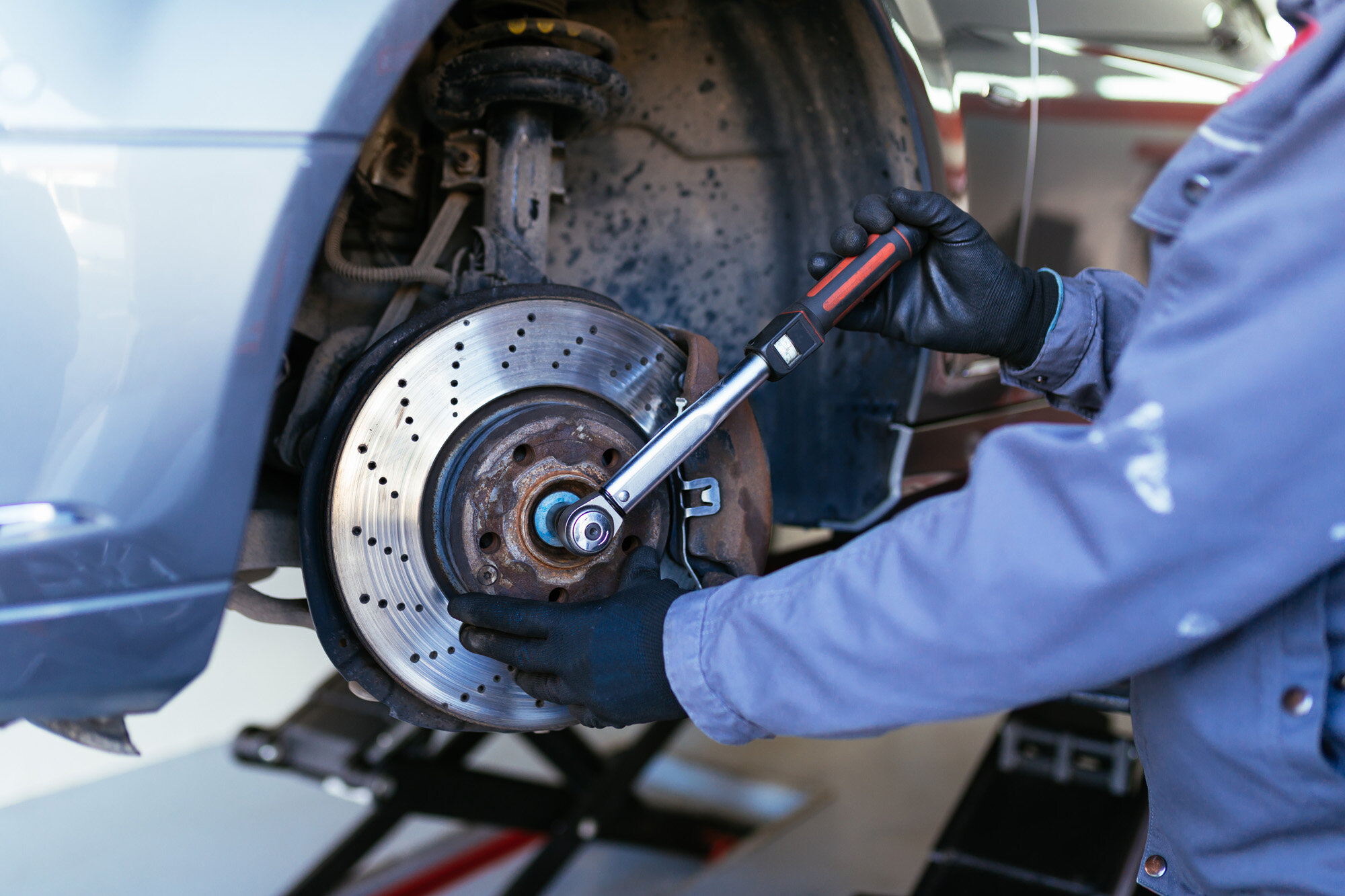
NZV8: All too often we see rebuildable pieces tossed in the bin for repo products, but you’re able to recondition most hydraulic components. Can you talk us through this process, and are there limitations to what can and cannot be repaired?
JB: Yes, this is a real issue and a major bugbear of mine. The reality is most hydraulic components can be rebuilt back to the original manufacturer’s specification. There are significant advantages in doing this.
1. Quality. We prefer to rebuild everything we can because a lot of the time replacement parts are definitely not the same quality as the parts from the vehicle manufacturer. Tolerances and fit are just not there.
2. Reconditioning is usually cheaper, however it is a bit disheartening to see some new
replacement parts are so cheap that rebuilding is uneconomic. Where this is the case, we give customers the choice. Of course, often, especially with older vehicles, replacement parts are not available so rebuilding is the only option.
3. Less waste. It is so much kinder on the environment to recondition a part and reuse it than throw it in the bin and install a new one. For example, I just shake my head when I see repairable ABS units thrown away. All those earth’s resources going to the tip when they don’t really need to. Not to mention the cost to the country in unnecessarily importing replacement parts. We all need to step up and do what we can to reduce our environmental footprint. We are fortunate in that our hydraulic, ABS, and bonding teams are experienced in tearing down all sorts of components and finding ways to bring most parts back to their former glory. Generally, when the parts come in, they go through a couple tests, then are disassembled and assessed for damage. From there they are sent for re-kits (new rubber components), machining, or sometimes other more extensive repairs need to be done. The odd part does come through that is just too far gone and replacement parts need to be found, although as said before we really try to avoid this. Usually, these are parts that are in really bad shape and structurally not sound anymore, or parts that are manufactured in a way that they can’t be disassembled in a safe manner.
NZV8: In keeping with the reusing theme, I’ve forgone the flashy new calipers and gone scrapyard hunting for a set to use as upgrades. Can you refurbish most anything, and what does the process entail?
JB: Nearly all brake calipers can be refurbished. We have worked on components from a very wide range of vehicles, trucks, and machinery. Because of the huge variety, if you have something that needs to be looked at it’s best to give us a ring or email and we can probably give you a rough idea if it’s rebuildable and what costs might be. A lot of customers courier parts to us, or drop them off if in the Christchurch area. Refurbishment involves stripping the caliper, cleaning it thoroughly, then inspecting for any issues, especially pitting or corrosion. Threads are cleaned and new components and seals fitted as required before reassembly. A new service is powder coating the caliper to provide a bit of style wheel art. As that requires disassembly and masking, during reconditioning is an ideal time for this.
NZV8: Choosing pads seems very confusing, what are the more important factors I should be considering, and are all pads created equal?
JB: You are not alone, it is confusing. Pads can offer a variety of different qualities including bite, noise resistance, dust resistance, pad lifespan, rotor lifespan, stopping power, and fade resistance. Determining the right pad for your application depends on what you are doing with your vehicle because there is no one universal pad. All pads are not equal, but it is not a matter of right or wrong, they are just designed to do different things. Pads that offer best performance in terms of aggressive high-speed stopping are often noisy, dusty, and go through rotors quickly. Pads that are designed for light duty, round town driving are quiet and don’t produce much dust, but don’t expect to use them on the track because fade resistance and stopping power will not be there. Unfortunately, brake pads can’t do everything in one package, so you need to choose what is most important for your application. Check with your brake specialist who will offer a brake pad suited to your needs.
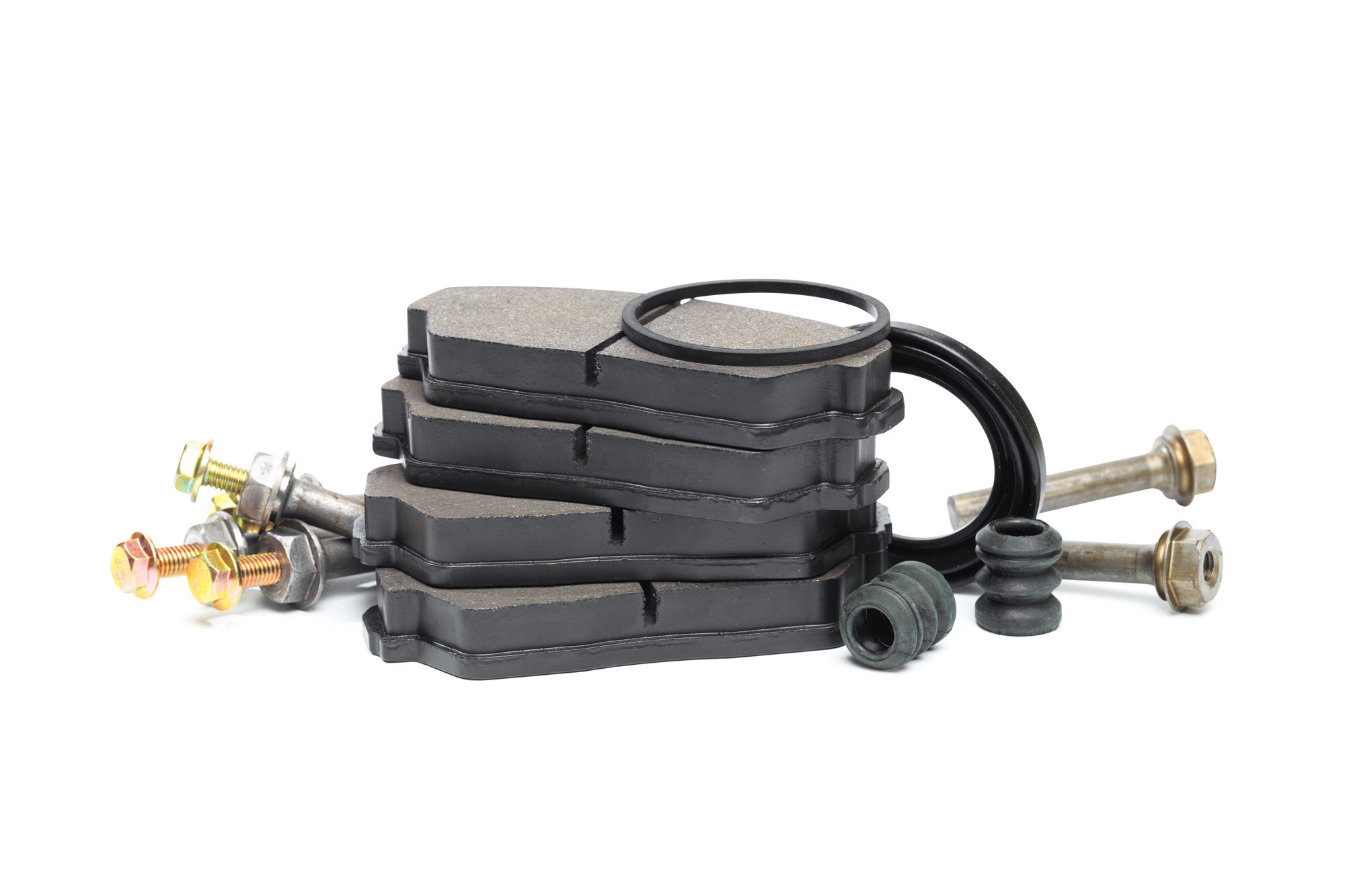
NZV8: When tackling a build of an ’80s or ’90s street machine with factory-fitted ABS, these systems are far more complicated than a traditional system and seemingly beyond DIY, as they require specialist equipment. What would you suggest as a course of action for servicing/rebuilding to ensure proper performance?
JB: The introduction of ABS systems has been an interesting challenge for us and something we have put a lot of resources into as of late. These systems offer a ton of safety and performance benefits when properly maintained, both on the road and on the track. If you think your system is in need of maintenance, it’s probably best to get in contact with us or your local brake specialist. There is quite a bit of specialised equipment involved in the maintenance and reconditioning of these units that most people do not have lying around, so when it comes to ABS definitely go to the experts. Also, due to their complexity, troubleshooting ABS problems is somewhat of an artform, so you don’t want to just pull the pump out right away. They are integrated systems that have sensors, wires, computers, and hydraulic components that interact with other vehicle systems. Usually after a quick conversation we can point you in the right direction, and many customers will courier units to us for repair if they are not local. As for general servicing, flush your hydraulic system with clean new fluid — I cannot stress enough how much ABS units don’t like old brake fluid or debris.
NZV8: Making up new hardlines seems to be a bit of a DIY task. When it comes to choosing the hardware and tubing is there anything to look out for? And do you have any tips for first-time guys looking to tackle this task at home?
JB: Hardlines can be done yourself but it’s important to take your time and measure everything properly the first time and make nice smooth bends. Running lines can be very frustrating if you try to rush it and the end result won’t end up looking good or pass certification. Copper tubing is not permitted but Cupro (copper/nickel) is which is quite malleable and easy to flare and bend. Bundy tube is steel, and the factory standard, and normally the most economical. It can come in different colours (silver, bright
steel, and goldish). Stainless is not recommended as it is hard to work with and almost impossible to flare. When it comes to selection, always check with LVVTA or NZTA if you are unsure of anything, otherwise you might find yourself back at the drawing board.
A flaring tool can be expensive to buy (if you want one that actually works), so unless you are doing multiple jobs it is more economical to take your pipes to your brake specialist to get them to flare your pipes. Mark out your pipe lengths and bends and leave enough room to flare the pipes including tube/flare nuts. On assembly it’s important to ensure all pipes are tightened and sealed properly with good solid unions. If you find any leaks once the system has fluid in it, figure out what’s causing it and fix it properly, don’t cross-thread and over tighten things. Wash any brake fluid well with water as it eats paint fast.
NZV8: If you want more information, or to get a hand on your project, give the team a call on 0800 SAFE R B or checkout their site saferbrakes.co.nz.




